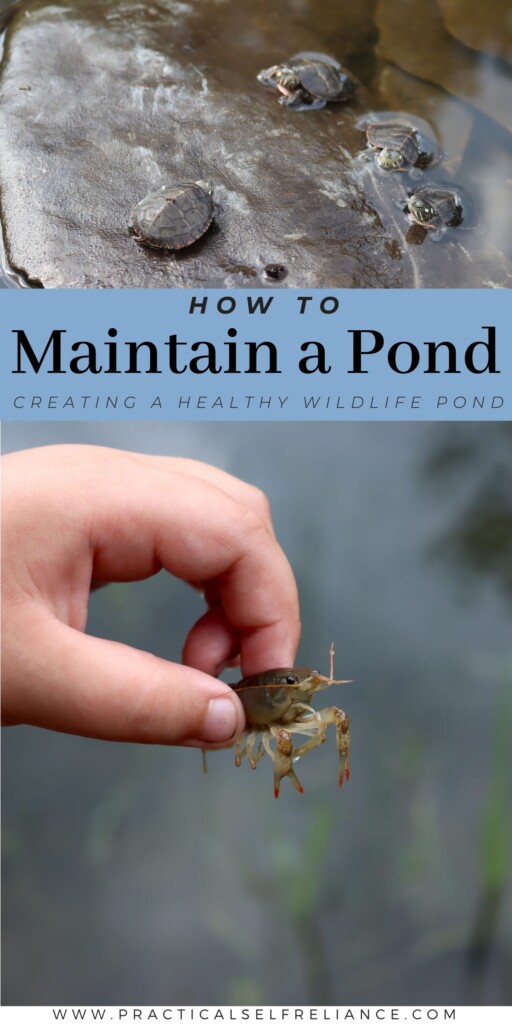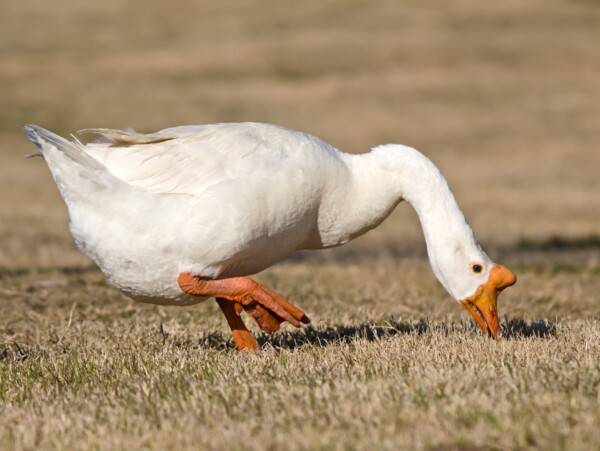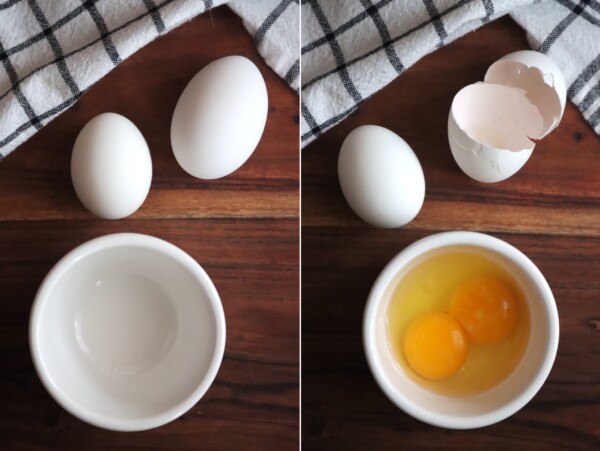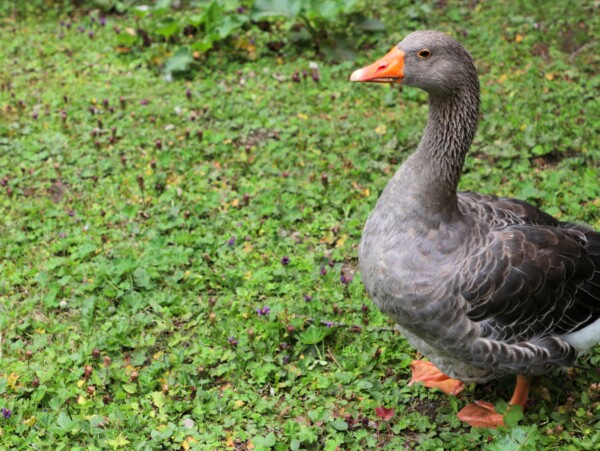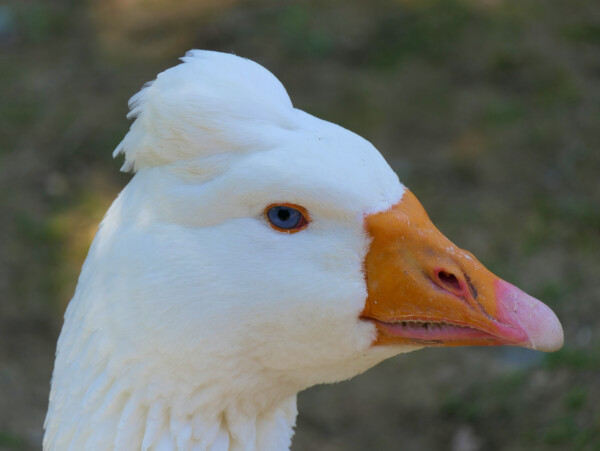Affiliate disclosure: This post may contain affiliate links. Please see our Privacy Policy.
Maintaining a pond on a small homestead ensures it stays clean, productive, and full of life year after year. With the right care — from managing fish populations to improving water quality and supporting healthy plant growth — your pond can thrive naturally with minimal upkeep. A little attention each season helps build a resilient ecosystem that benefits your whole homestead.
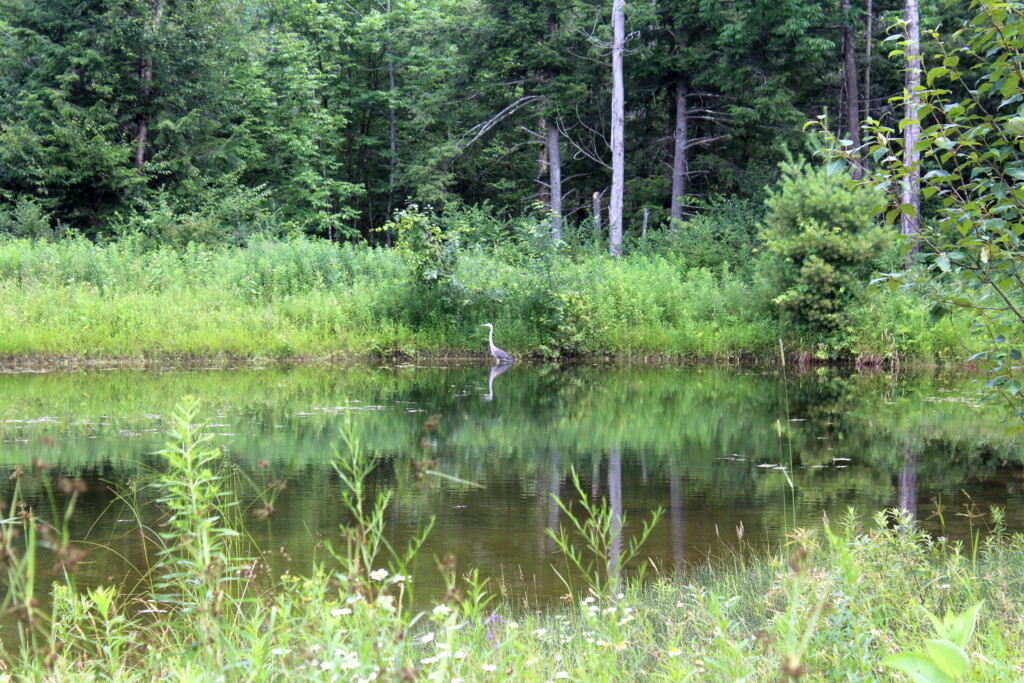
A pond is one of the most rewarding features on a homestead — offering food, wildlife habitat, and natural beauty all in one. But to keep it healthy and thriving year after year, a bit of regular maintenance is essential. A well-maintained pond doesn’t just look good; it supports a balanced ecosystem, clean water, and strong fish populations without the need for constant repairs or costly interventions.
In this guide, we’ll walk you through the basics of how to maintain a homestead pond, from water quality and aeration to stocking, wildlife management, and aquatic plants.
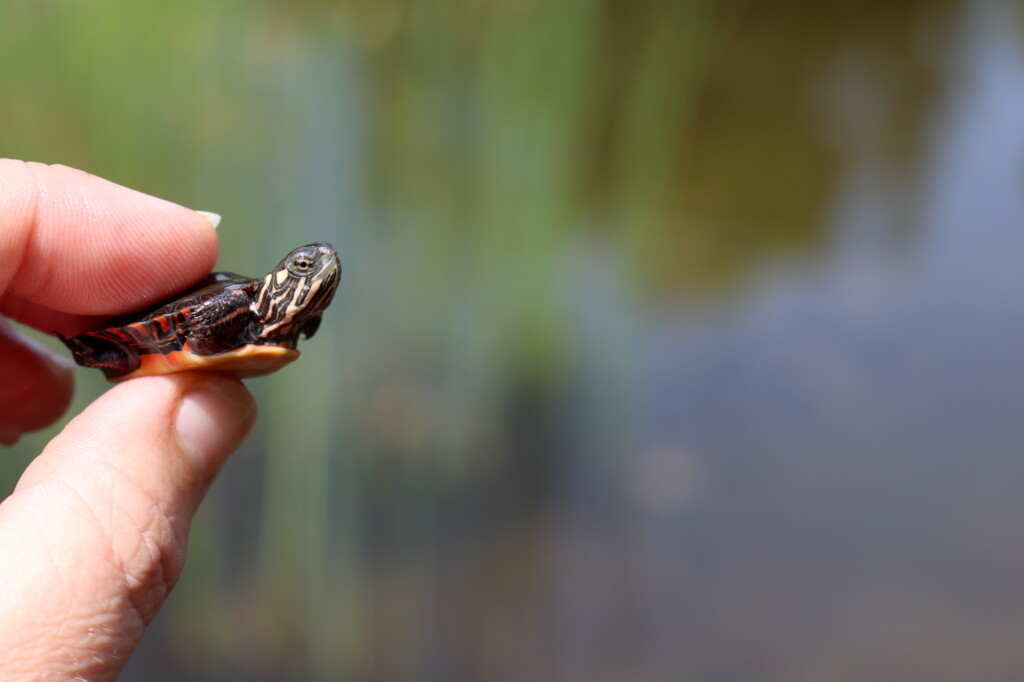
Keep Water Quality a Top Priority
Water quality is the foundation of a healthy pond. Poor water conditions can lead to algae blooms, fish kills, unpleasant odors, and muck buildup. To maintain good water quality:
- Minimize nutrient runoff by planting a vegetative buffer zone around the pond. Grasses, wildflowers, and shrubs help filter runoff from fields, lawns, and driveways.
- Test water periodically for pH, dissolved oxygen, and nutrient levels (especially nitrogen and phosphorus). This simple pond test kit has everything you need to keep a close eye on the things that matter most to your pond water quality.
- Use natural pond clarifiers and de-muck tablets when needed. Pond clarifiers work by binding small particles together so they settle out of the water column, improving clarity without harming fish or plants. De-muck tablets release beneficial bacteria that break down organic sludge on the pond bottom, reducing muck buildup over time.
Routine testing and early intervention can prevent small issues from turning into major problems.

Install and Maintain Proper Aeration
Aeration is one of the most important tools for maintaining pond health, especially in deeper ponds or those with lots of organic matter.
- Fountains and surface aerators add oxygen to the upper layers of the pond while improving aesthetics.
- Bottom diffused aerators circulate water from the bottom up, helping prevent thermal stratification and supporting better oxygen levels throughout the pond.
Good aeration improves fish health, speeds up organic breakdown, and helps control algae naturally. In winter, aeration can also prevent ice from sealing off the pond completely, reducing the risk of winter fish kills.
After a lot of research, this is the pond aeration system that we’re installing in our pond this year.
Certain animal species can also help improve aeration by removing muck, controlling algae populations and churning up the water. But still, unless you have a consistent, year round inflow of fresh water, it’s best to install a pond aeration system to keep things healthy.
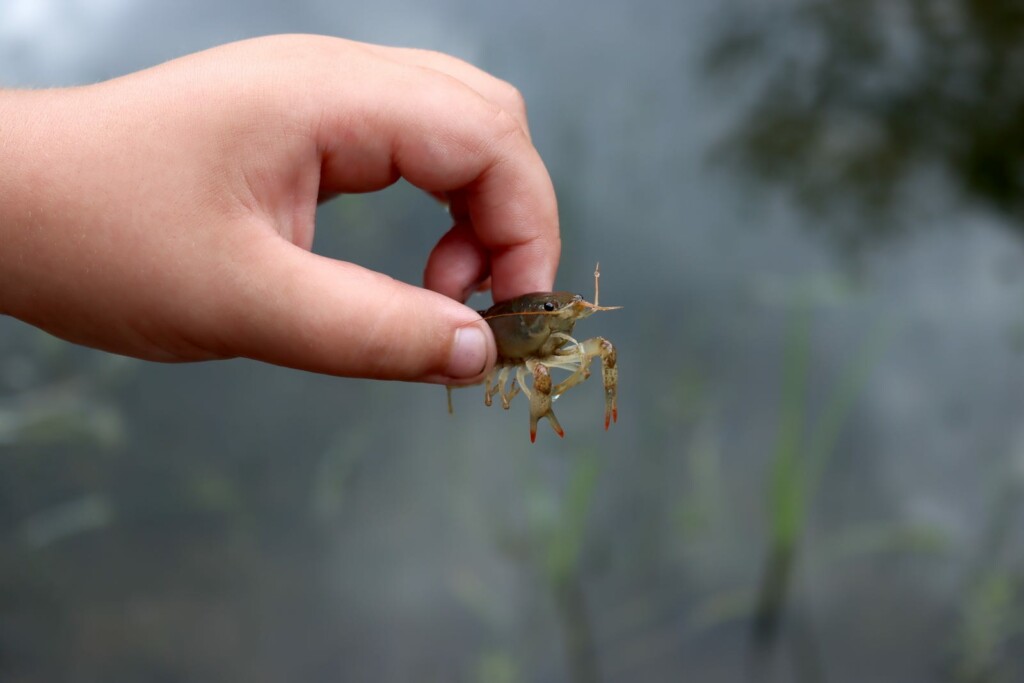
Stock and Manage Animal Species Carefully
Stocking your pond isn’t a “one-and-done” task — it’s part of ongoing pond health management.
- Maintain a balanced fish population by occasionally harvesting fish to prevent overcrowding. Overcrowded ponds often suffer from stunted fish and degraded water quality.
- Monitor forage species like minnows and bluegill to make sure there’s enough food to support predators like bass or catfish.
- Support natural clean-up crews by adding helpful species like trapdoor snails, crayfish, and (in warmer areas) tilapia. These animals help manage algae, break down organic debris, and even control pest species like leeches.
Adding a few extra forage fish or rebalancing predator numbers every few years keeps the pond ecosystem stable without constant intervention.
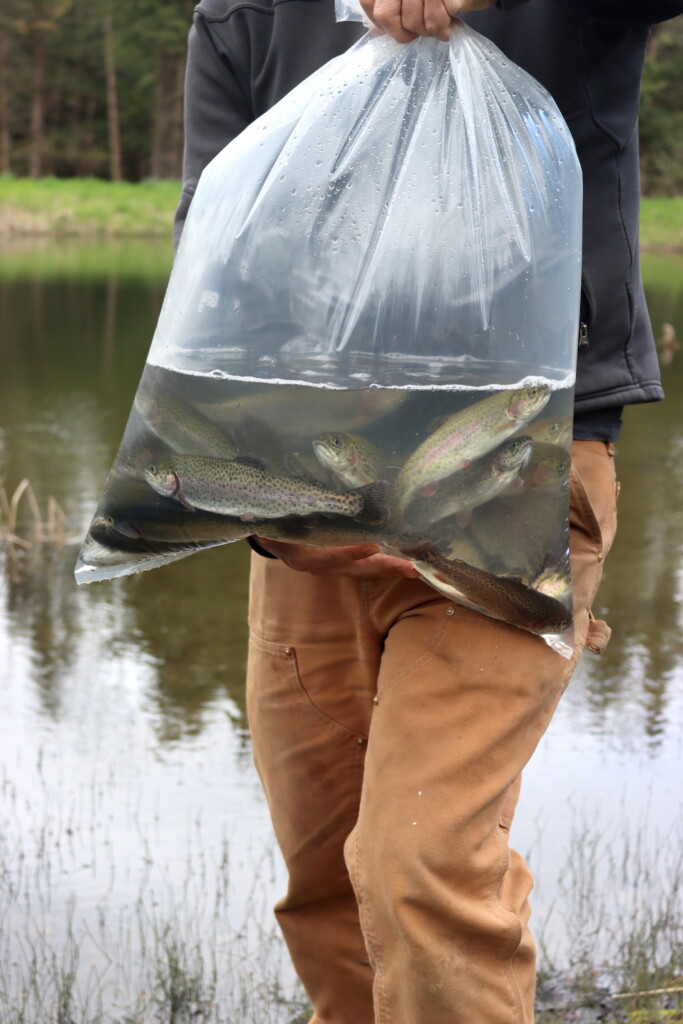
Encourage Beneficial Aquatic Plants
Not all pond plants are bad — in fact, a healthy amount of aquatic vegetation is vital for a thriving pond.
- Submerged plants like coontail or pondweed provide oxygen and hiding places for fish fry.
- Emergent plants like cattails, pickerelweed, and arrowhead stabilize pond banks and filter runoff.
- Floating plants like water lilies offer shade, helping regulate water temperature and preventing algae from taking over.
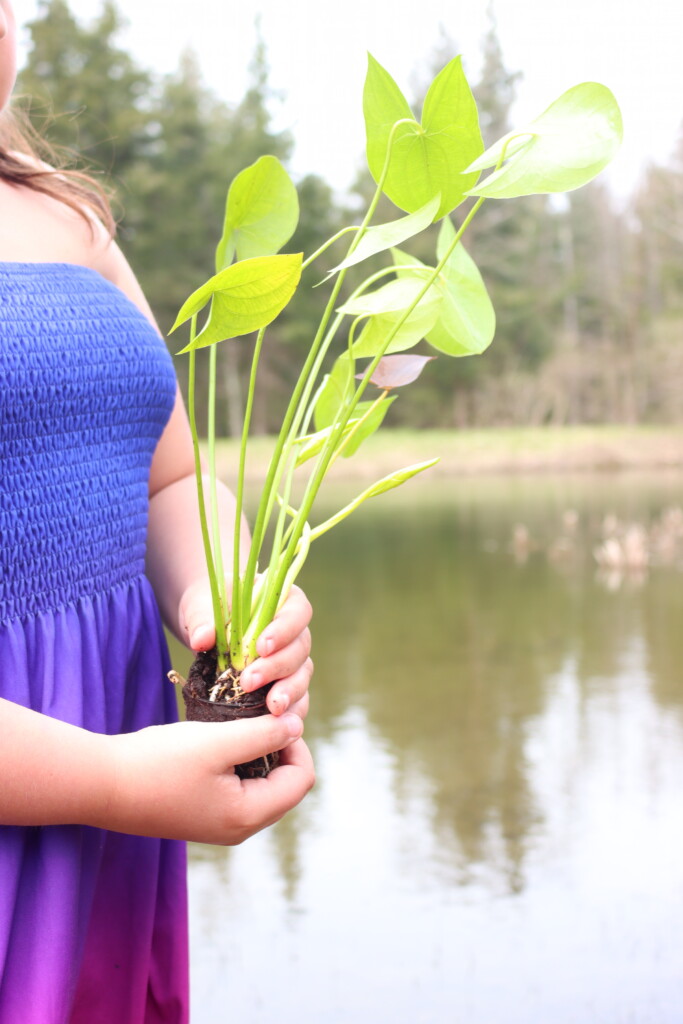
The key is balance: too few plants and the pond may become murky and unstable; too many plants, and the pond can become choked with vegetation. Aim for 20–30% plant coverage around pond edges to maximize benefits without overwhelming open water.
If invasive species like duckweed or filamentous algae take hold, manual removal, biological controls (like grass carp, where permitted), and proper nutrient management are the best solutions.
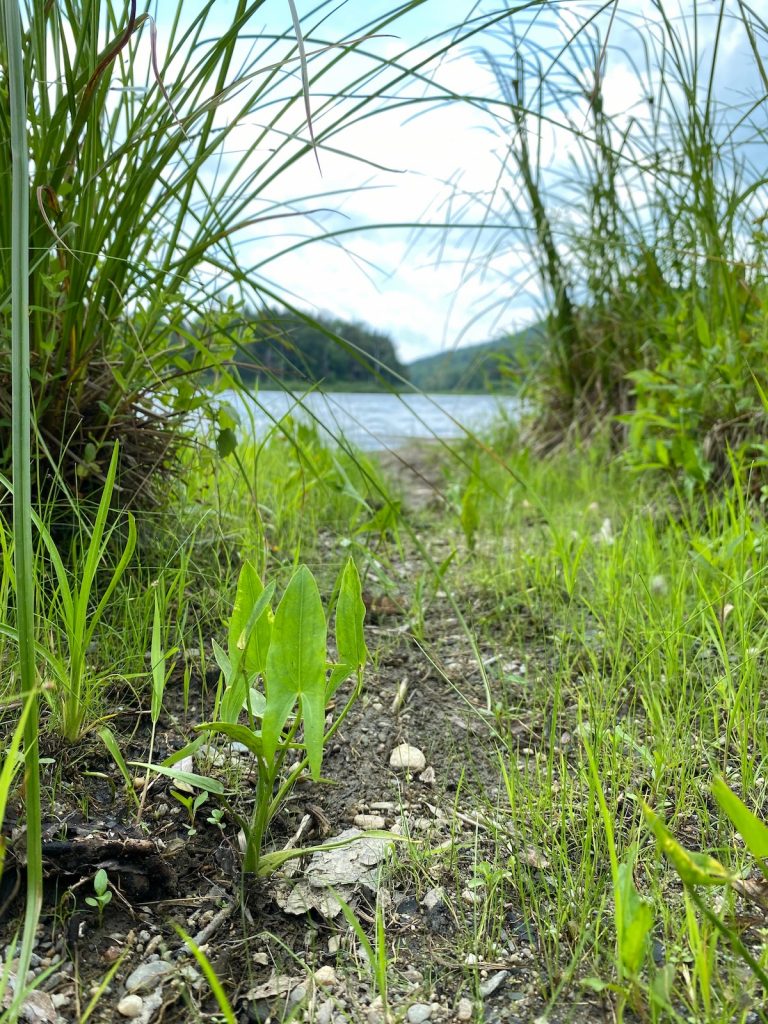
Watch for Seasonal Maintenance Needs
Pond needs change slightly throughout the year:
- Spring: Inspect banks for erosion, clean out debris, and check aerators for winter damage.
- Summer: Monitor oxygen levels, especially during heat waves. Manage vegetation growth and algae blooms early.
- Fall: Thin overgrown plants, harvest excess fish, and prep aeration systems for colder months.
- Winter: Maintain a small opening in the ice (with aeration or manual methods) to allow gas exchange and protect fish populations.
Seasonal maintenance keeps your pond healthy without requiring major interventions or expensive repairs later on.
A pond isn’t just a static body of water — it’s a living, breathing part of your homestead landscape. With a little regular care, smart stocking practices, and attention to water quality, your pond can continue to feed your family, support local wildlife, and beautify your property for decades to come.
A healthy pond is a legacy worth building, and maintenance is the key to making that happen.
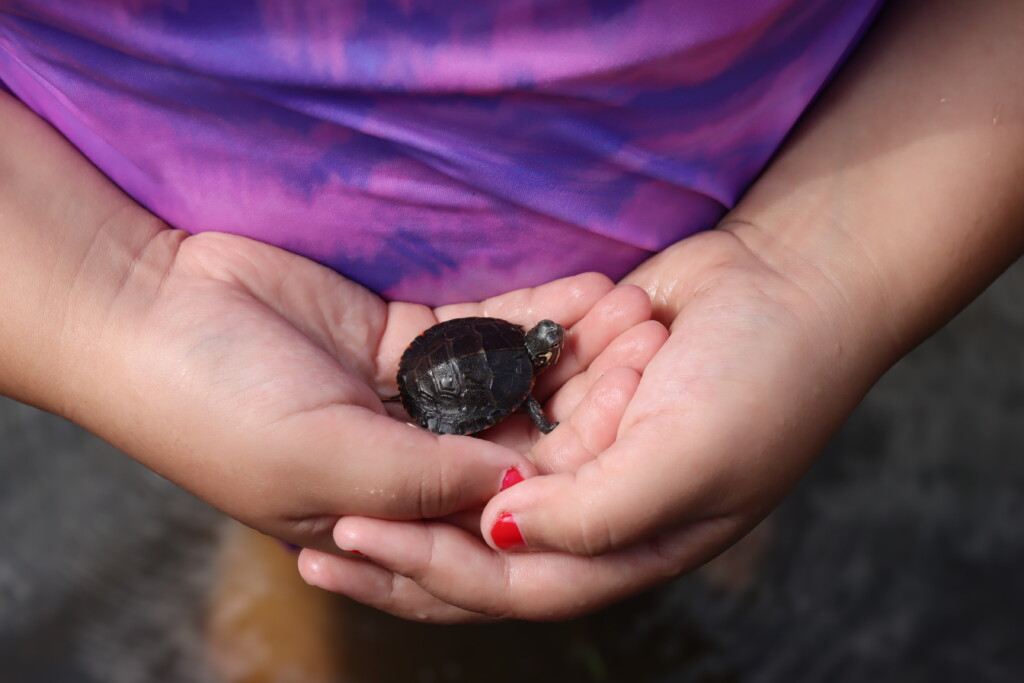
Frequently Asked Questions About Pond Maintenance
Pond aeration should run continuously during the warm months, especially from late spring through early fall when oxygen levels can drop. In colder climates, aeration can be reduced or turned off in winter, although running a small aerator to keep an ice-free hole is beneficial for fish survival.
Yes, a healthy pond can usually be maintained naturally with the right balance of fish, beneficial plants, regular aeration, and biological treatments like de-muck tablets or beneficial bacteria. Preventing excess nutrient runoff and maintaining a good predator-prey balance are key to minimizing the need for chemical interventions.
Not necessarily. A well-balanced pond can often sustain itself for many years. However, it’s a good idea to monitor fish populations and occasionally add forage fish, harvest overcrowded species, or supplement key species (like bluegill or minnows) every few years to keep the ecosystem healthy.
Green water is often caused by algae blooms fueled by excess nutrients. Improving aeration, adding natural pond clarifiers, managing runoff, and increasing beneficial aquatic plants can help clear the water naturally. Avoid the temptation to use chemical algaecides unless absolutely necessary, as they can harm fish and beneficial organisms.
While not strictly necessary, adding species like crayfish, trapdoor snails, and native turtles can greatly improve pond health by controlling organic buildup, managing pest species like leeches, and promoting biodiversity. They’re excellent natural helpers in a low-maintenance pond ecosystem.
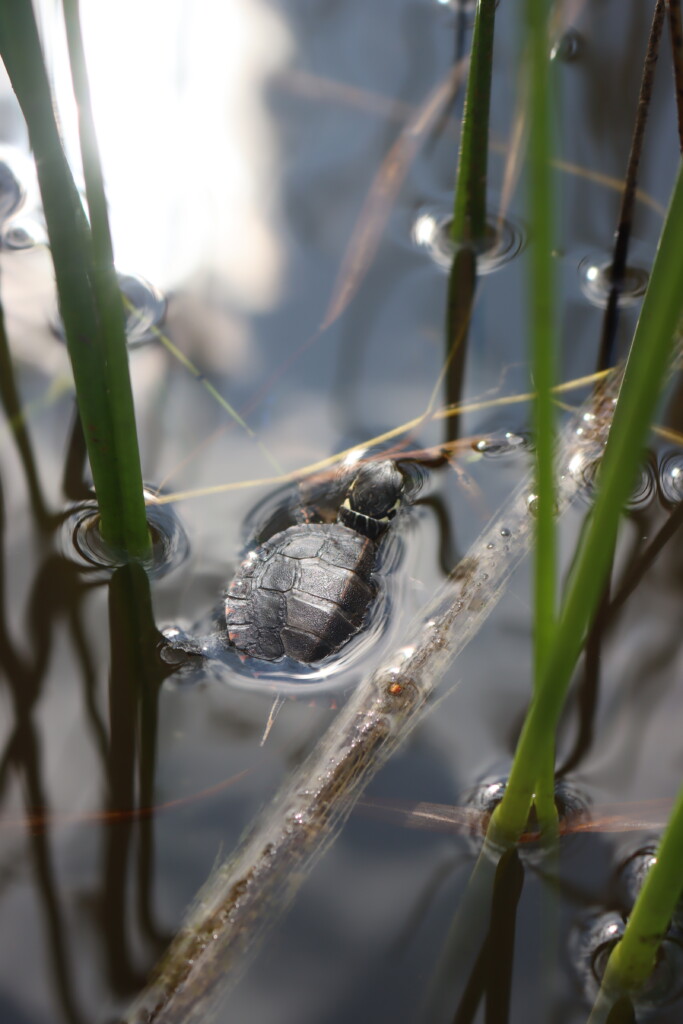
Keep Building Your Pond Knowledge
Looking for more tips on creating a healthy, productive pond? Be sure to check out these helpful guides:
- How to Stock a Pond — Learn how to choose the right fish species and build a balanced ecosystem from the start.
- Best Plants for Homestead Ponds — Find out which aquatic plants support water quality, fish health, and natural beauty.
- Edible Aquatic Plants — Plants that provide both beauty and nourishment on your homestead.
- Troubleshooting Pond Problems — (Coming soon!) Learn how to handle common pond issues like algae blooms, low oxygen levels, and murky water naturally.
- How to Get Leeches Out of a Pond — (Coming soon!) Leeches aren’t fun for anyone, and they the worst in a swimming pond!
Maintaining a thriving pond is a long-term project, but with the right tools and knowledge, it’s one of the most rewarding parts of homestead life.
